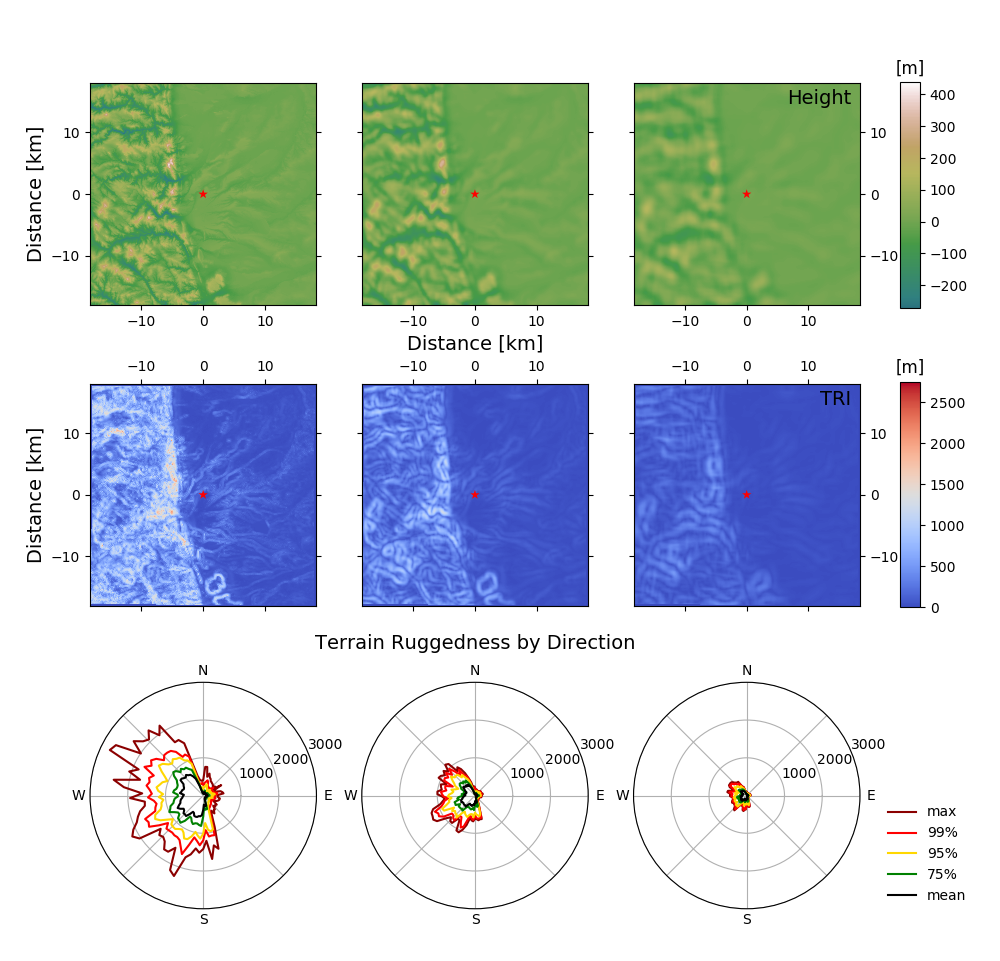Project Scientist I
National Center for Atmospheric Research
Publications and Presentations
Journal Articles
Conference Presentations
Hawbecker, P., Lassman, W., Mirocha, J., Rai, R. K., Thedin, R., Churchfield, M., Haupt, S. E., Kaul, C.: Offshore Sensitivities across Scales: A NYSERDA Case Study, AMS 102nd Annual Meeting, 25 January 2022, Remote. Oral presentation.
Hawbecker, P., Basu, S., and Manuel, L.: Realistic simulations of microbursts using the WRF model, 22nd Symposium on Boundary Layers and Turbulence, 20 June 2016, Salt Lake City, UT. Poster presentation.
Hawbecker, P., Basu, S., and Manuel, L.: Realistic simulations of the Buffalo Ridge microburst with the WRF model, 2016 Wind Energy Research Workshop, 16 March 2016, Lowell, MA. Oral presentation.
Hawbecker, P., Alapaty, K., Dudhia, J., Wang, W., Nolte, C.: Introducing global aerosol data to the microphysics-aware multi-scale Kain-Fritsch scheme, Community Modeling and Analysis System, 5 October 2015, Durham, NC. Oral presentation.
Hawbecker, P., Kang, S-L., Kosovic, B., and Hopson, T. Model Responses to Sub−Filter Scale (SFS) Topographic Information. 20th Symposium on Boundary Layers and Turbulence. Boston, MA
Hawbecker, P., Box, J.E., Balog, J.D., Ahn, Y., Benson, R.J. 2010. Greenland Outlet Glacier Dynamics from Extreme Ice Survey (EIS) Photogrammetry. American Geophysical Union, Fall Meeting, San Francisco, CA.
Free Time Projects
